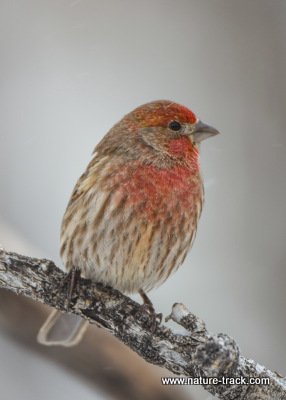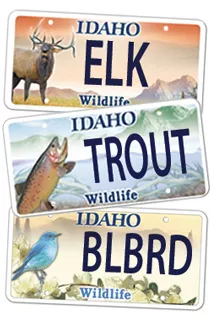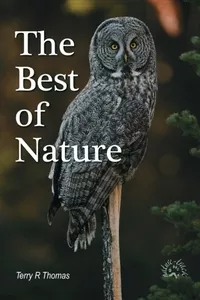House Finches

House finches are one of the most common birds, especially around bird feeders. Let’s hope they always stay that way.
Amid a snowstorm on Sunday that plastered the south facing sides of my bird feeders with a thick blanket of wet snow, the birds arrived. With the approach of colder weather, flock size has been growing and this time there must have been 30 or more birds.
As far as I could tell, they were all house finches although a pine siskin or a Cassin’s finch could have conceivably slipped in without notice. They resemble the female house finch and it would take a better look than I gave them to distinguish a difference.
By far, house finches are the dominant birds at my feeders all year long. That doesn’t mean they are bossy, it is just that they outnumber every other species, including house sparrows most of the time. I find this disappointing because I have spent far more than I would admit to on my yard in an attempt to attract a wide variety of birds.
Most birds treat my domain like a leprous island despite shrubs heavy with berries and a wide variety of flowering plants full of nutritious seeds—in addition to feeder foods and a heated bath. But not the finches.
House finches have fully accepted my offerings and in the spirit of Thanksgiving I have decided to be grateful for their unabashed enthusiasm. If other birds reject my offering that is their problem.
Coast to coast, house finches are one of the most common species that take advantage of human generosity with bird feeders. This wasn’t always the case. Until about 1940, the house finch was a western bird, its eastward expansion pretty much stopped by the Great Plains.
New York City pet stores sold house finches illegally though. In 1940, as word of a crackdown on pet stores spread, owners released their illegal charges into the skies of New York City, knowing the rule of corpus delicti would apply—no birds, no crime.
The released birds found the city to their liking. In fact, they found the entire eastern half of the United States supreme habitat and within 50 years had nearly expanded to the western populations.
Normally, this would be a yet another ecological disaster along the lines of the starling and the house sparrow—Old World birds that both got their start in New York City as well. But the house finch seems to have been able to establish without causing much of a stir with the possible exception of competing with purple finches in some locations. On the plus side, they have likely caused a surge in sales for birdseed suppliers.
If you are wondering if you have ever seen a house finch, just look out your window and watch for a gray-brown sparrow-sized bird with a reddish chest, throat and forehead. That is the male house finch. Short wings make the slightly notched tail appear long, the top of the head seems a little flat and the bill is rather stout. Females are much more plain, streaked with white, gray and brown.
Having a common bird eat the lion’s share of the 120 pounds of sunflower seeds I put out each winter isn’t at all bad. It is important that common species stay that way and I am happy to do my part.

Wildlife License Plates
Great news! as of 2024, there are three NEW designs for license plates. They still are bluebird, cutthroat trout and elk, but they are beautiful.
Idaho Wildlife license plates provide essential funding that benefits the great diversity of native plants and wildlife that are not hunted, fished or trapped—over 10,000 species or 98% of Idaho’s species diversity. Game species that share the same habitats (such as elk, deer, antelope, sage-grouse, salmon, trout) also benefit from these specialty plates.
No state tax dollars are provided for wildlife diversity, conservation education and recreation programs. Neither are any revenues from the sale of hunting or fishing licenses spent on nongame species. Instead, these species depend on direct donations, federal grants, fundraising initiatives—and the Idaho Wildlife license plates.
Both my vehicles have Bluebird Plates. I prefer the bluebird because the nongame program gets 70 percent of the money from bluebird plates, but only 60 percent of the money from elk and trout plates - 10 percent of the money from elk plates supports wildlife disease monitoring and testing programs (to benefit the livestock industry) and 10 percent from cutthroat plates supports non-motorized boat access.
Incidentally, in 2014, the Idaho Legislature denied the Department of Fish and Game the ability to add new plates or even to change the name of the elk and cutthroat plates (very specific) to wildlife and fish plates, a move that would have allowed for changing images occasionally and generating more revenue. It would seem that they believe that we Idahoans don't want a well funded wildlife program.
I think it is time we let the Legislature know that Idahoan support wildlife funding and that we would like to see these generic plates come to fruition.

"WOW. What a phenomenal piece you wrote. You are amazing." Jennifer Jackson
That is embarrassing, but actually a fairly typical response to my nature essays. Since The Best of Nature is created from the very best of 16 years of these nature essays published weekly in the Idaho Falls Post Register (online readership 70,000), it is a fine read. It covers a wide variety of topics including humorous glimpses of nature, philosophy, natural history, and conservation. Readers praise the style, breadth of subject matter and my ability to communicate complex and emotional topics in a relaxed and understandable manner.
Everyone can find something to love in this book. From teenagers to octogenarians, from the coffee shop to the school room, these nature essays are widely read and enjoyed.
Some of the essays here are my personal favorites, others seemed to strike a chord with readers. Most have an important message or lesson that will resonate with you. They are written with a goal to simultaneously entertain and educate about the wonderful workings of nature. Some will make you laugh out loud and others will bring a tear to the eye and warm your heart.
Readers Write:
"You hit a home run with your article on, Big Questions in Nature. It should be required reading for everyone who has lost touch with nature...great job!" Joe Chapman
"We enjoyed your column, Bloom Where Planted. Some of the best writing yet. The Post Register is fortunate to have your weekly columns." Lou Griffin.
To read more and to order a copy, click here or get the Kindle version
Copies are also available at:
Post Register
Island Park Builders Supply (upstairs)
Barnes and Noble in Idaho Falls
Harriman State Park, Island Park
Museum of Idaho
Valley Books, Jackson Wyoming
Avocet Corner Bookstore, Bear River National Wildlife Refuge, Brigham City, Utah
Craters of the Moon National Monument Bookstore, Arco, Idaho